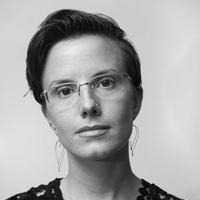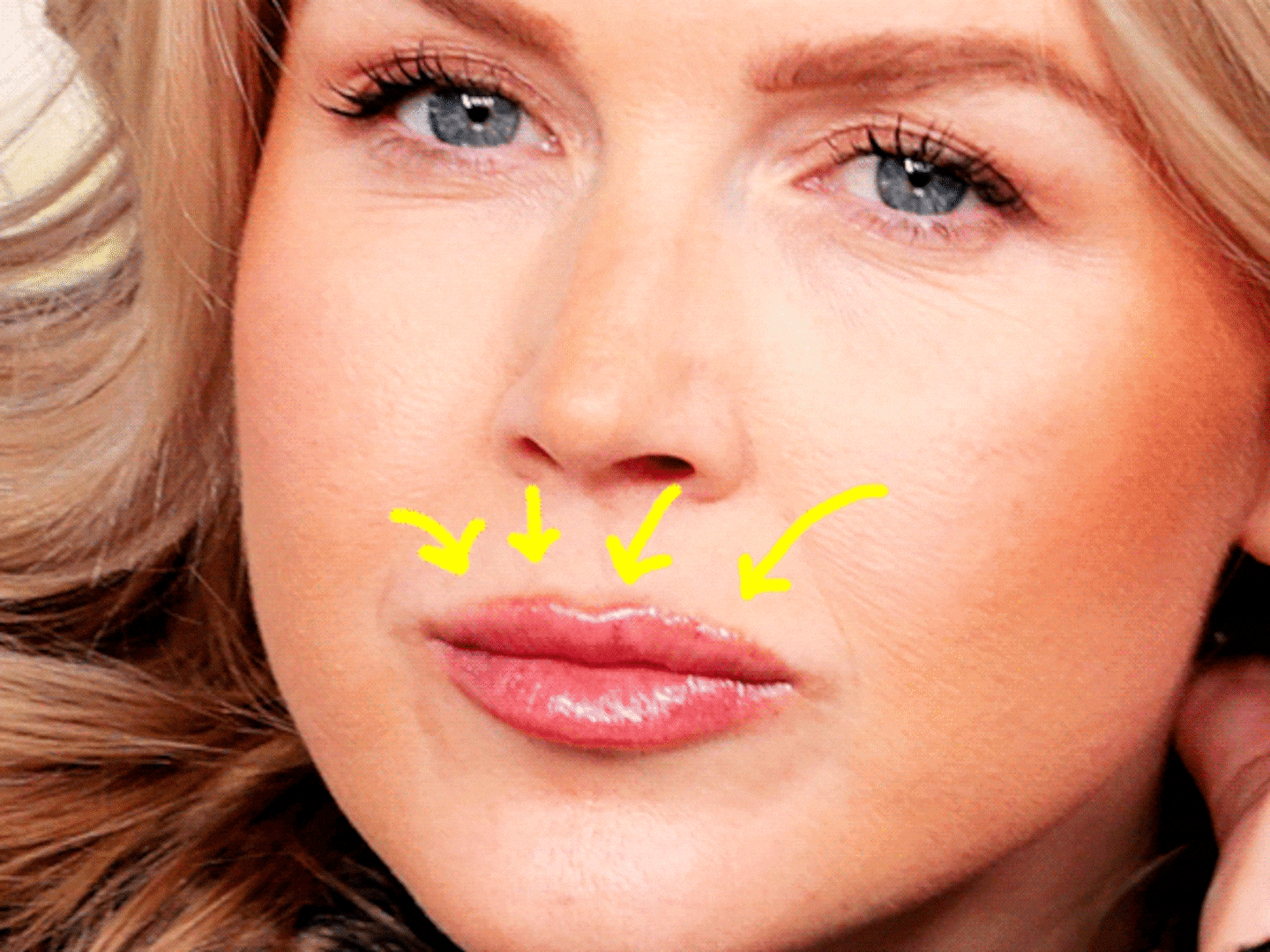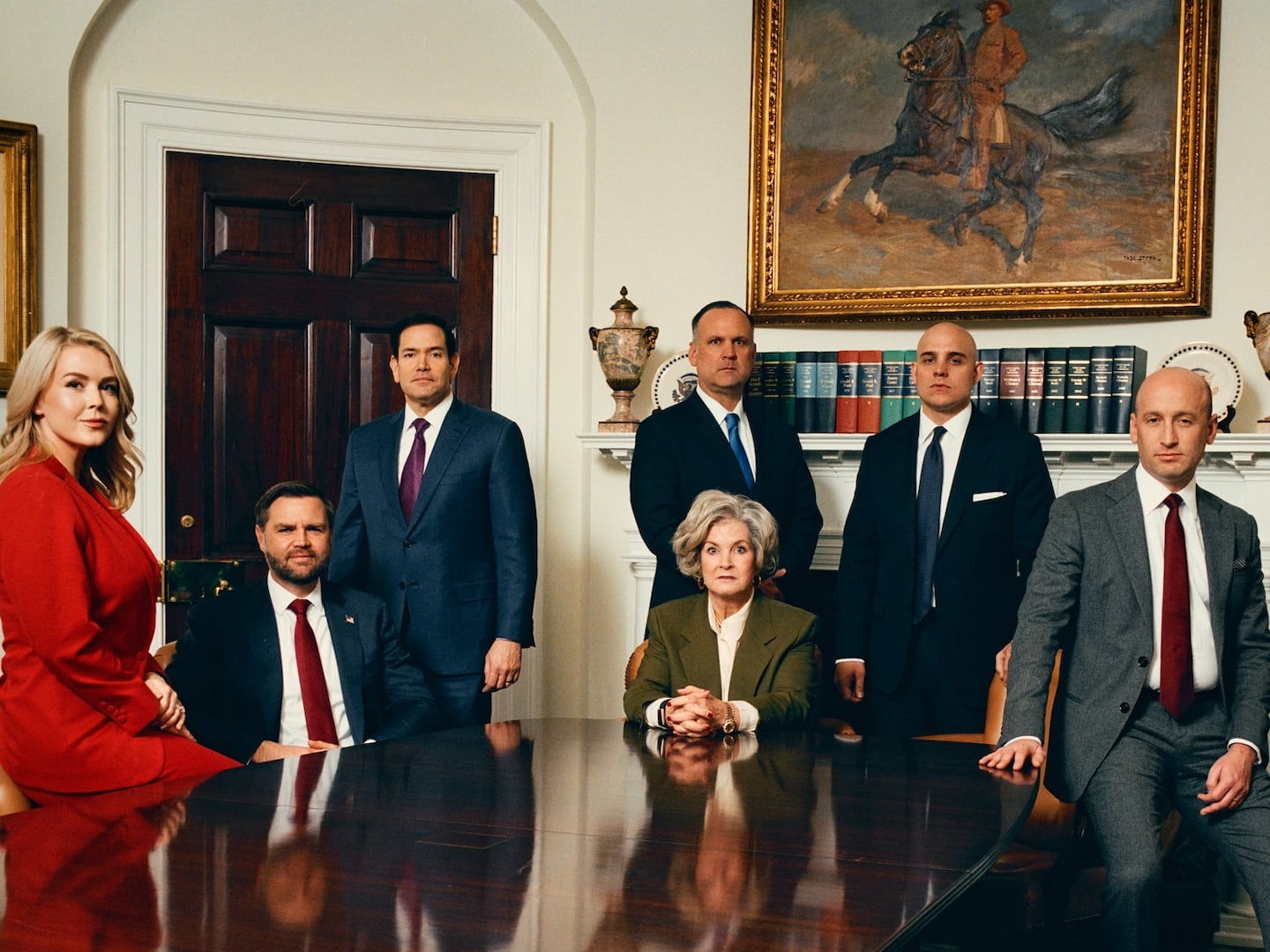In 2010, Juan Mendez was appointed Special Rapporteur on Torture and other Cruel, Degrading and Inhumane Treatment by the United Nations. His mandate is wide in size and scope—to expose and document torture wherever it exists on the planet today.
Since the beginning of his mandate Mendez has made criticizing the overuse of solitary confinement a priority. In 2011, he issued a report stating that 22 or 23 hours a day alone in a prison cell for more than 15 days at a time can cause permanent, lasting psychological damage and can constitute torture.
This problem, he emphasized, is particularly severe in the U.S., where prisoners are routinely held under such conditions for months, years and even decades at a time. Many have never committed a violent crime.
Fast-forward five years. The U.S. government has yet to grant Mendez access to a single isolation pod in any U.S. prison. The clock is ticking. Mendez has a mere 20 months left of his term, and he has yet been able to substantiate his reports with a firsthand investigation.
“The U.S. was voted into the Human Rights Council—a position that carries with it an obligation to cooperate," he says. When he speaks, Mendez wears a look of weary determination befitting of his post.
"I’m disappointed to still be waiting for the State Department to respond to my request. I’ve been waiting over two years.”
“That fact that he hasn’t received a response is contemptible,” says Laura Rovner, legal expert on prison conditions from University of Denver. “It puts the U.S. in the company of countries like Syria, Pakistan, and Russia that also have been unresponsive to requests for country visits.”
“Given the length of the delay,” Rovner continues. “You have to wonder about the reason, whether it's motivated by concerns about what the Special Rapporteur will find inside these prisons.”
Then suddenly, last December, Mendez was allowed access to California’s Pelican Bay State Prison—a facility known for keeping inmates in isolation indefinitely in its Security Housing Unit (SHU).
This visit did not come about through the official channels Mendez had long been appealing to, however. Instead, he found a way in to one of the most notorious prisons in the country through a kind of backdoor.
“I was allowed in as an expert,” Mendez says in his first interview since he toured Pelican Bay State Prison, “but not wearing my U.N. hat.”
The request came from the Center for Constitutional Rights (CCR) and was approved by California Judge Claudia Wilken. The visit will facilitate Mendez’s appearance as an expert witness in court for a class-action lawsuit, Ashker v. Brown, challenging prolonged solitary confinement as unconstitutional. Mendez’s report was submitted to the court on Friday.
During his tour of Pelican Bay State Prison, Mendez was allowed to traverse its multilevel pods virtually unencumbered. Flanked by an entourage of prison guards and administrators, his first request was to be taken to the cell of 37-year-old John Martinez, whom he found kneeling on the concrete floor.
Struggling to stand on wobbly legs, Martinez greeted Mendez with a huge smile. “My mom asked you to come see me?” he asked.
Martinez’s mom is Dolores Canales, co-founder of California Families Against Solitary Confinement (CFASC). She has been at the center of California’s struggle to expose the abuse of solitary confinement since 2013, when the largest prison hunger strike in American history erupted across the state—which Martinez immediately joined.
A self-taught jailhouse lawyer, Martinez spends most of his day where Mendez found him, kneeling in front of an old-fashioned typewriter resting on the concrete block that also serves as his bed frame. His cell is windowless, 8 by 10 feet in diameter, and he’s only allowed out of it for an hour a day to exercise in a slightly larger, open-ceiling cell they call the “dog run.”
“I saw Johnny two weeks after Mendez’s visit,” Canales says, referring to the 15-hour drive she makes once a month for her three-hour no-contact visit with her son through thick plexiglass. “His face just lit up when he told me about it. That’s something I haven’t seen happen very often in the last 14 years.”
“A lot of journalists get in and just dismiss the whole thing,” Canales continues. “They see prisoners playing chess in their cells by calling the moves down the hall and think, ‘This can’t be that bad.’ They have no idea what they’re looking at, what solitary confinement actually does to a person. Mendez is different, he’s studied torture for decades—and he’s been there himself.”
Mendez endured torture as a political prisoner in Argentina in the 1970s, including periods in solitary confinement. He’s also seen conditions of isolation in countries around the globe. At Pelican Bay Mendez was allowed private, non-monitored visits with 11 of the named plaintiffs of Ashker v. Brown, each of which have spent between 10 and 29 years in isolation.
“Some have TV, books, a pen and paper,” Mendez says. “But clearly any mitigating factors are outweighed by the sheer duration. Isolation should be described in terms of days, maybe weeks…but never years or decades.”
Human rights groups estimate that as many as 80,000 people are kept in solitary confinement in U.S. prisons on any given day. This is far more, per capita, than any other country in the world. Yet the U.S. government continues to make statements to the contrary. Just last October a U.S. spokesperson stood in front of the UN Committee on Torture stating that “no systematic use of solitary confinement exists in the United States.”
“In judging other countries the State Department has regularly treated the use of prolonged solitary confinement as a violation,” says Rovner. “We like to see ourselves as an indispensible force for human rights. Yet solitary confinement conditions in this country are inconsistent with international standards.”
The State Department was contacted for comment on this story but failed to reply.
“When someone is covered with blood and has broken bones,” Mendez continues, “we don’t say, ‘Oh, that’s not torture, they’ll heal eventually.’ It’s the psychological aspect that we accept as cruelty.”
One of the plaintiffs, Fernando Bermudez, has spent the last 33 years of his life in solitary confinement. He was “validated” as a gang associate and is therefore serving an indefinite sentence in Pelican Bay’s SHU. Roughly a thousand others are in the same position. The majority did not commit a violent act to get there.
“For a legitimate reason, like attacking another inmate or a guard, short periods in isolation can be acceptable,” says Mendez. “But you can’t claim someone is part of a gang because they have a drawing that celebrates black or Mexican culture.”
“Somebody made a decision to put them in the SHU and to keep them there,” Mendez continues. “The only way for them to end their punishment is to debrief, which means telling on others. That’s textbook-definition coercion.”
“All of these factors combined amount to more than just cruel and unusual punishment,” concludes Mendez. “There’s no doubt in my mind this is torture.”
Canales is hopeful that Mendez’s findings, in conjunction with CCR’s lawsuit slated to begin in December 2015, at the very least will force change in California’s Department of Corrections’ policy.
“My son and 30 thousand others risked their lives on hunger strike so we could get to this point,” she says. “But we can’t work toward a solution until they admit there’s a problem.”
“These findings won’t be easy to brush off,” Canales continues. “That’s why the State Department hasn’t let Mendez in in the first place.”
“My mandate is not over and I haven’t given up,” Mendez says. “I’m still waiting to be listened to.”





